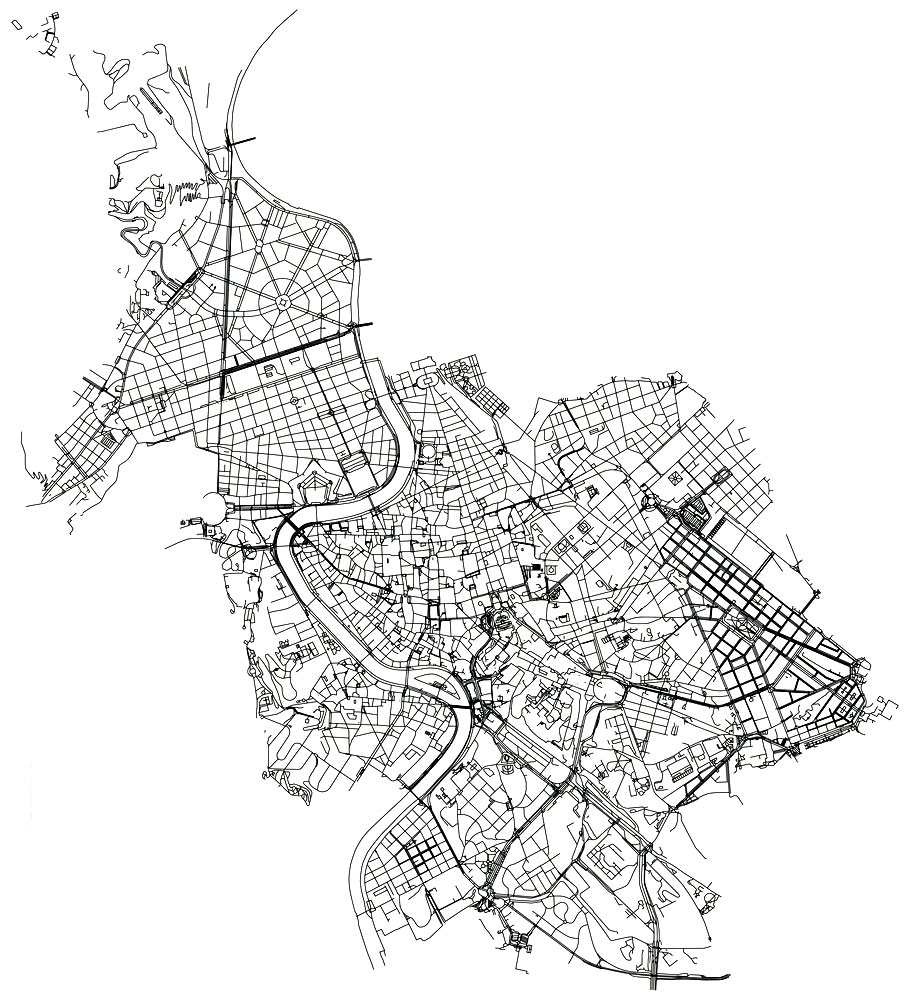The road configuration of today’s Europe and other Mediterranean countries is based on the first network that Rome designed in these places. Many of the towns and cities belonging to the Roman Empire in the past have continued to occupy the same places right up to present times.
Rome built more than 300,000 km of roads throughout its empire. These roads connected the capital to large cities. At the same time, and for the first time in the history of Europe, a central power also allocated many economic, material and human resources to the construction of a dense transport network that connected small communities and isolated territories to neighboring territories as well as to any part of the Roman Empire. The network of Roman roads freed vast areas of the empire from isolation and enabled economic, cultural and social exchange between very different societies, while also lending them elements of cohesion.


Through this network of Roman roads, IterRomanum connects unique Roman monumental sites which were considered peripheral or secondary settlements in Roman times.
As in other ancient periods, travel during the Roman era required time. Journeys of just a few kilometers involved traveling for hours. Moving so slowly, people were able to observe the landscape.This was also a more sustainable, land-friendly way of traveling.
The Iter Romanum itinerary proposes traveling again as in Roman times to seven destinations. These destinations promote personal enrichment through contact with the local population, their culture and heritage.
